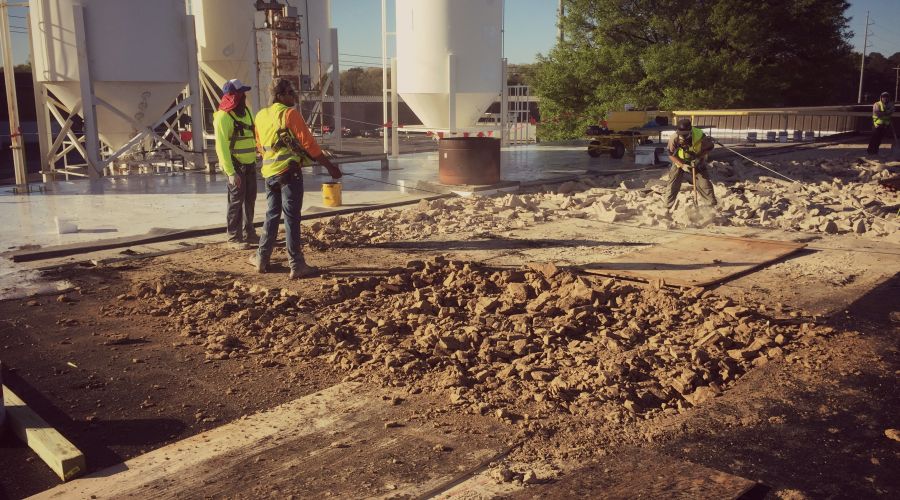
Modified Bitumen
Used for roofing since 1975. Composed of either asphalt reinforced with polyester or fiberglass and, in some cases, with factory-applied surfacing. Installed typically in multiple layers using hot bitumen, torch-applied or cold adhesive. Resistant to heavy traffic, puncture and tears.
Modified bitumen roofs consist of layering or mixing various combinations of polyester, fiberglass, asphalt, and modifiers. SBS modifiers, for example, provide extreme flexibility and elasticity, while APP modifiers are specifically designed for providing alternate installation options.
Modified bitumen roofs differ from built-up roofs (BUR) because modified bitumen materials are fabricated in advance, unlike a BUR. For this reason, the modified bitumen uses a single-ply application with all the benefits of quality control from factory manufacturing, neither of which are true for the BUR.
BENEFITS
For high-traffic or equipment-laden roofs, modified bitumen offers a sturdy and safe solution. These roofs are thicker and much more resilient to contact with metal machinery and other sources of weight or friction. Unlike some other thicker roofing options, however, modified bitumen does not require a heavy gravel cover.
Modified bitumen also maintains its integrity through building movement and harsh weather conditions. Because it is layered, modified bitumen can provide heat and water resistance without exposing the resistant layers to damage. In fact, a metal-surfaced modified bitumen cap sheet can be used to reduce heat and penetrability even further, reflecting solar rays and creating an additional layer of kinetic protection.
The many potential types of layers and combinations of layers used in this type of roofing mean that businesses can determine an exact fit for their protective and financial needs.
INSTALLATION
Because modified bitumen roofs are built in two distinct layers, a phased installation is often best. Typically, a technician will fully install a base layer before installing the cap layer. This phased approach does take some added time, but most installations are still completed quickly in order to reduce elemental exposure of the base layer.
Modified bitumen roofs allow for both hot and cold installations. A hot application can be done either using asphalt kettles or heat welding. The latter option can be done with torches or hot air depending on the materials involved.
Cold installations, which take longer to set than hot installations, do ultimately provide the same level of protection and durability, so long as they are cared for properly during the period in which they set.
A reason to opt for cold installation would involve a desire to avoid asphalt fumes or potentially hazardous asphalt kettles, although there are also hot installation options that mitigate those issues. Cold installations also involve their own odors and fumes because of the adhesives and solvents used, so it is important to weigh the options in perspective. Neither installation option is a clear winner in every case, and both continue to see frequent use.
Simply having a wide variety of installation options means that a business can opt for a modified bitumen roof based on its merits without having to choose a different option because of barriers to usage.
To Get Started With Your Free Inspection, Call 770-248-5787 or email us.
Our Other Roofing Systems

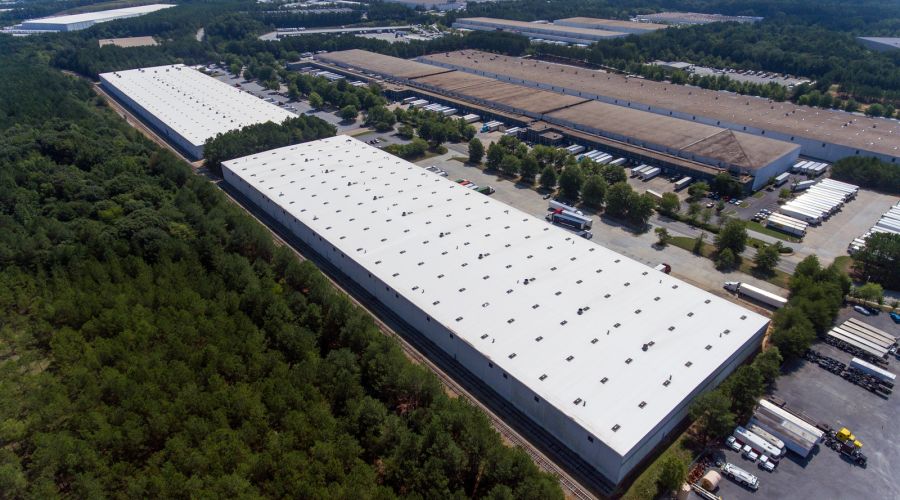
Thermoplastic TPO
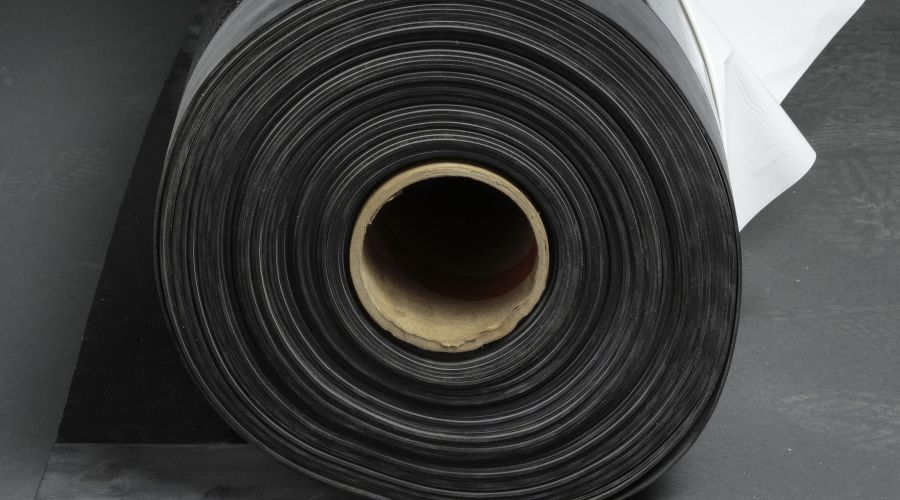
EPDM
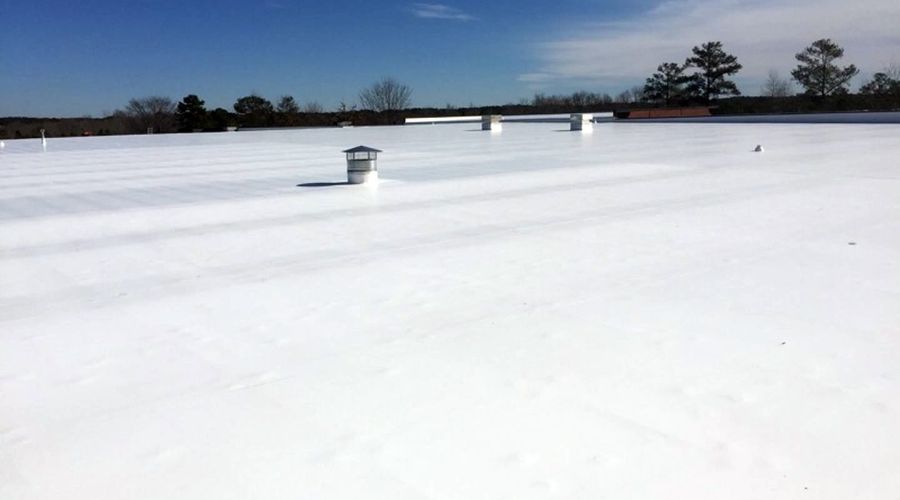
Thermoplastic PVC
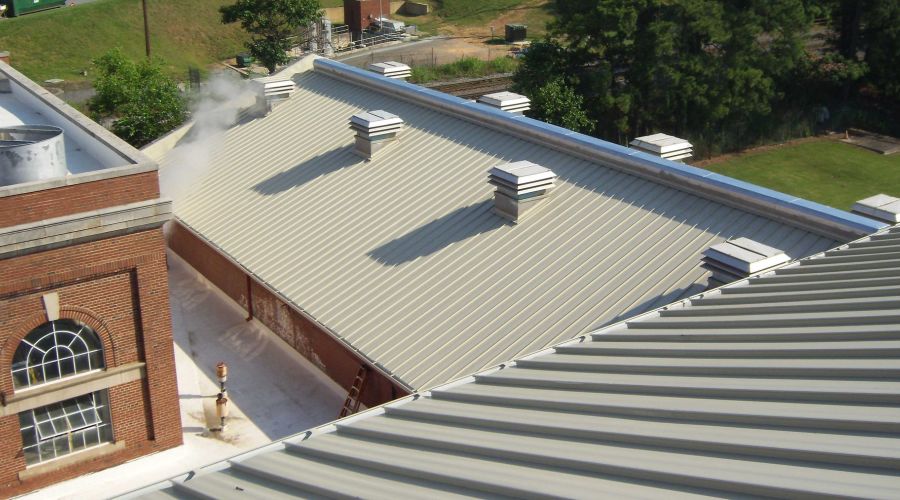
Metal Roofs
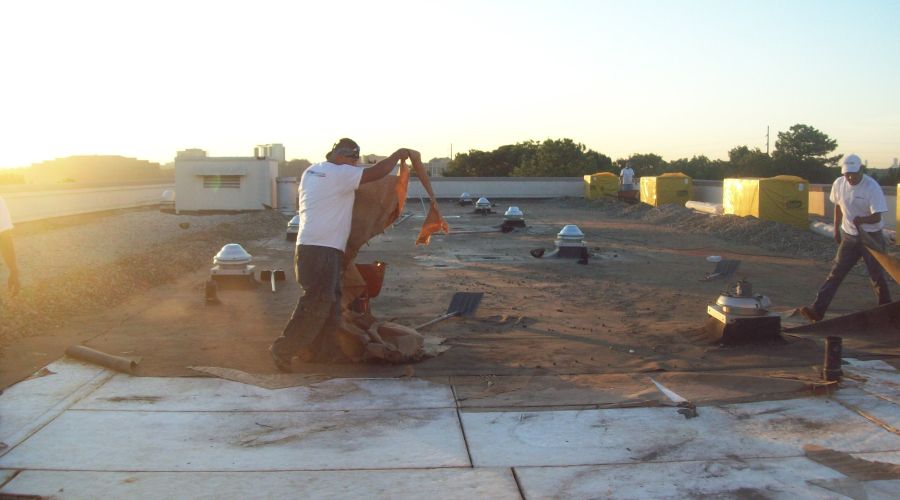
Modified Bitumen
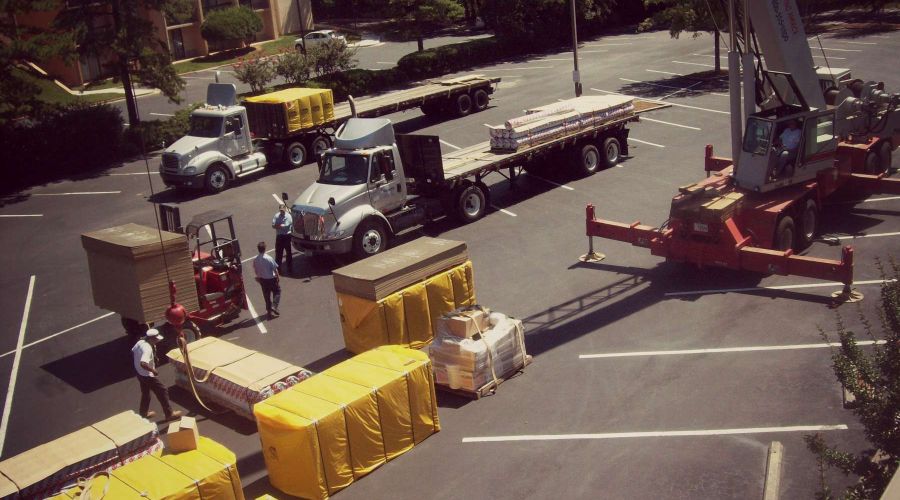
Elastomeric Coatings
